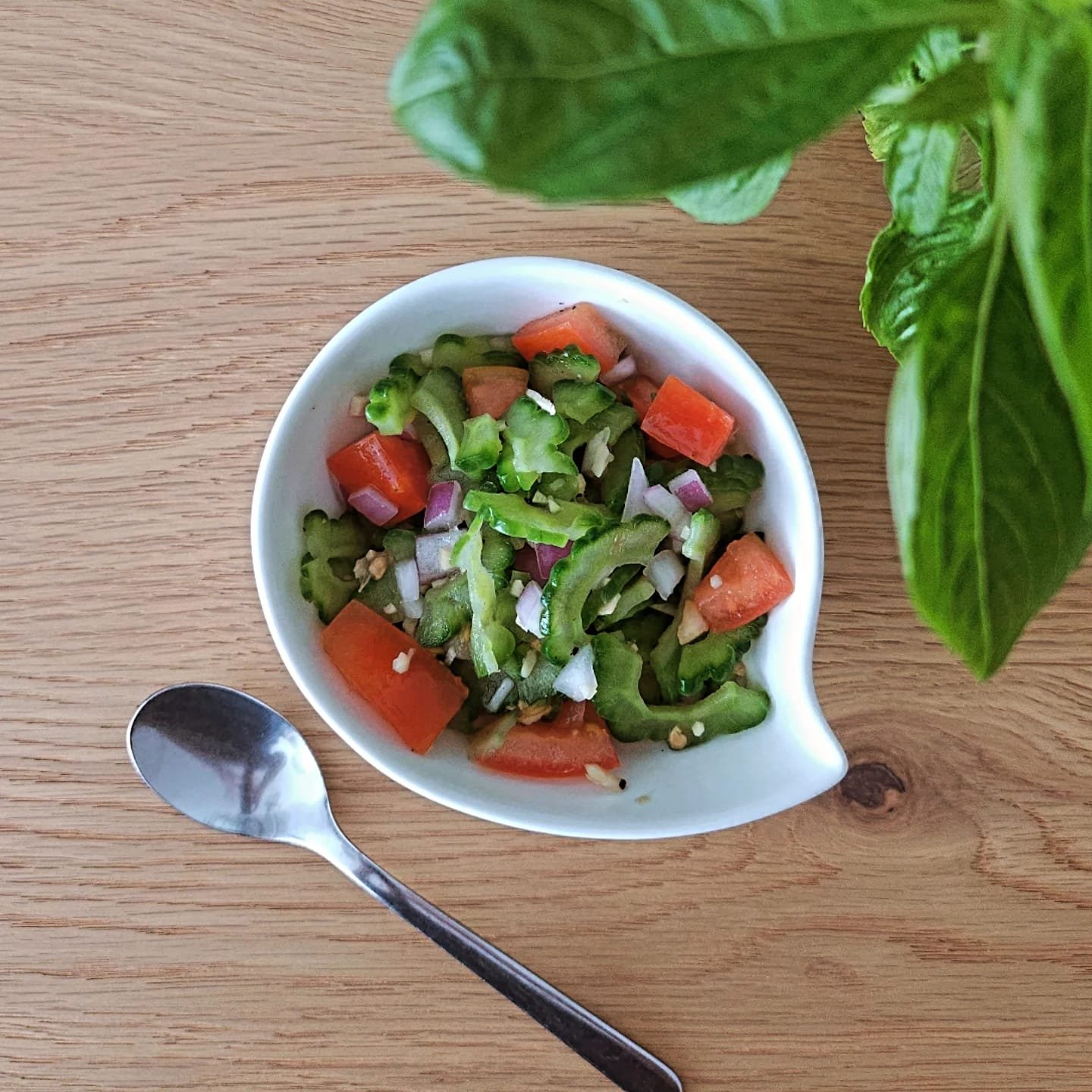Ensalada: A Healthy Filipino Salad You Can Make Anywhere
Kamusta, Kaibigan?
I’m excited to kick off this series, highlighting fresh and vibrant Filipino dishes that are easy to prepare, no matter where you are in the world. Your feedback on these work-in-progress thoughts would be greatly appreciated—let me know if you'd like to see more!
Ensalada: A Filipino Essential
In the Philippines, ensalada simply means “salad” and encompasses a variety of fresh vegetable dishes often served as tangy side dishes. Unlike Western salads that feature leafy greens, Filipino ensalada typically includes hearty vegetables like tomatoes, green mangoes, onions, and eggplant, all dressed in a mixture of vinegar, fish sauce, and calamansi juice. The beauty of ensalada lies in its adaptability—you can craft it with whatever fresh produce is available, making it an essential dish for infusing Filipino flavors into your meals anywhere.
Some popular ensalada dishes include:
🥭 Ensaladang Mangga (Green Mango Salad): A tart and refreshing salad combining unripe mangoes with tomatoes and onions.
🍆 Ensaladang Talong (Eggplant Salad): Smoky grilled eggplant mixed with fresh tomatoes and onions.
🥬 Kinilnat (Ilocano Vegetable Salad): A regional specialty featuring blanched leafy greens tossed with fermented fish or shrimp paste.
Why Ensalada Belongs in Your Multicultural Kitchen
As a multicultural parent, I strive to incorporate Filipino flavors into our family meals in an accessible way. Ensalada is a fantastic addition to your culinary repertoire because it's versatile and can be made with readily available vegetables. For instance, if green mangoes are hard to find, cucumbers or radishes make excellent substitutes.
One of my personal favorites is ensaladang ampalaya (bitter gourd salad) with a hint of ginger for a subtle spicy kick.
Ampalaya: The Bold, Bitter, and Beneficial Vegetable
Ampalaya (Momordica charantia), also known as bitter gourd or bitter melon, is renowned for its health benefits. Rich in antioxidants, vitamins A and C, and compounds that aid in blood sugar regulation, it's a staple in Okinawa, one of the world's Blue Zones celebrated for longevity.
The distinct bitterness of ampalaya is an acquired taste, but in Filipino cuisine, it's a cherished flavor, especially when balanced with sour notes. The combination of bitter ampalaya and tangy vinegar or calamansi exemplifies the Filipino palate's love for bold and harmonious flavors.
Preparing Ampalaya for Ensalada
To temper the bitterness of ampalaya:
Slice the ampalaya lengthwise and remove the seeds.
Cut into thin half-moons.
Generously sprinkle with salt and massage for 2-3 minutes to draw out bitter compounds.
Let it sit for 10-15 minutes, then rinse thoroughly under cold water.
Drain well before incorporating into your ensalada.
Ensaladang Ampalaya Recipe
Ingredients:
1 medium ampalaya, prepared as above
1 small red onion, thinly sliced
2 small tomatoes, diced
1-inch piece of ginger, finely minced
¼ cup cane vinegar (or apple cider vinegar)
1 teaspoon fish sauce (or salt for a vegan version)
½ teaspoon sugar (optional)
Freshly cracked black pepper to taste
Instructions:
In a bowl, combine the prepared ampalaya, onion, tomatoes, and ginger.
In a separate cup, mix vinegar, fish sauce, and sugar until well combined.
Pour the dressing over the vegetables and toss thoroughly.
Allow the salad to sit for at least 10 minutes to let the flavors meld.
Serve as a side dish alongside grilled fish or meat.
Customize Your Ensalada
The versatility of ensalada allows you to tailor it to your taste and available ingredients. If ampalaya isn't accessible, consider using cucumbers, radishes, or bell peppers. The key is the bright, acidic dressing that brings the dish together, infusing any meal with a touch of Filipino flair.
I’d love to hear from you—what’s your favorite ensalada? Share your thoughts in the comments!
📌 Stay tuned for more in the “Healthy Filipino Food You Can Make Anywhere” series!
#HealthyFilipinoFood #Ensalada #FilipinoSalad #Ampalaya #FilipinoRecipes



